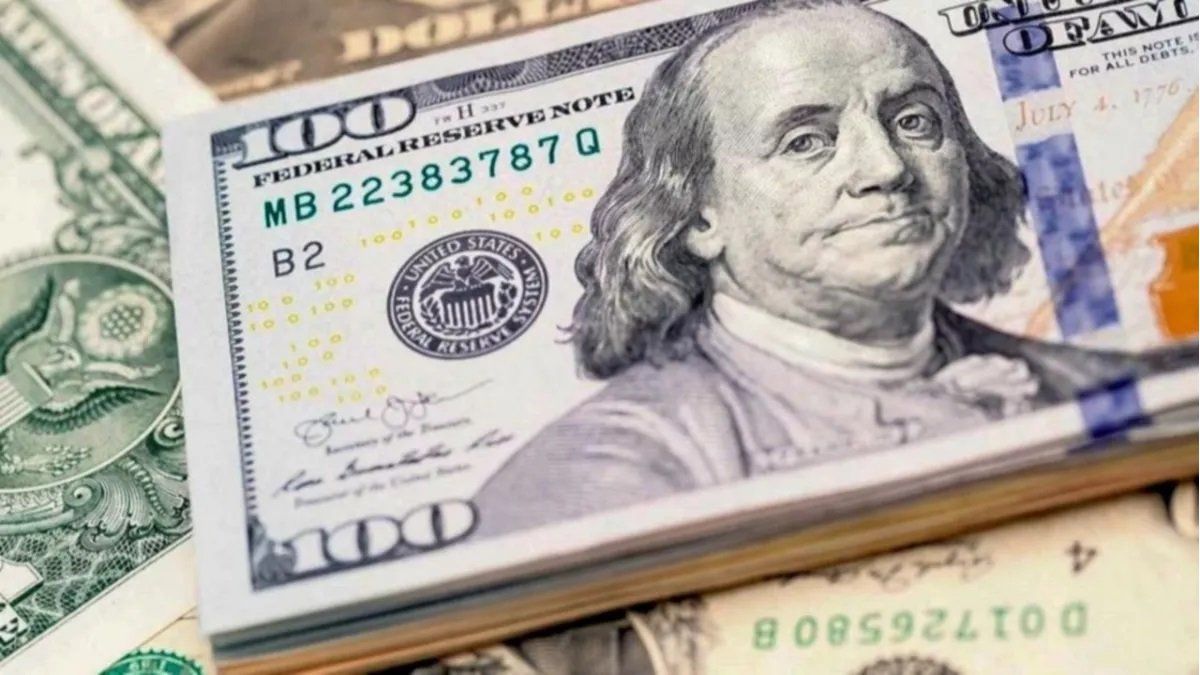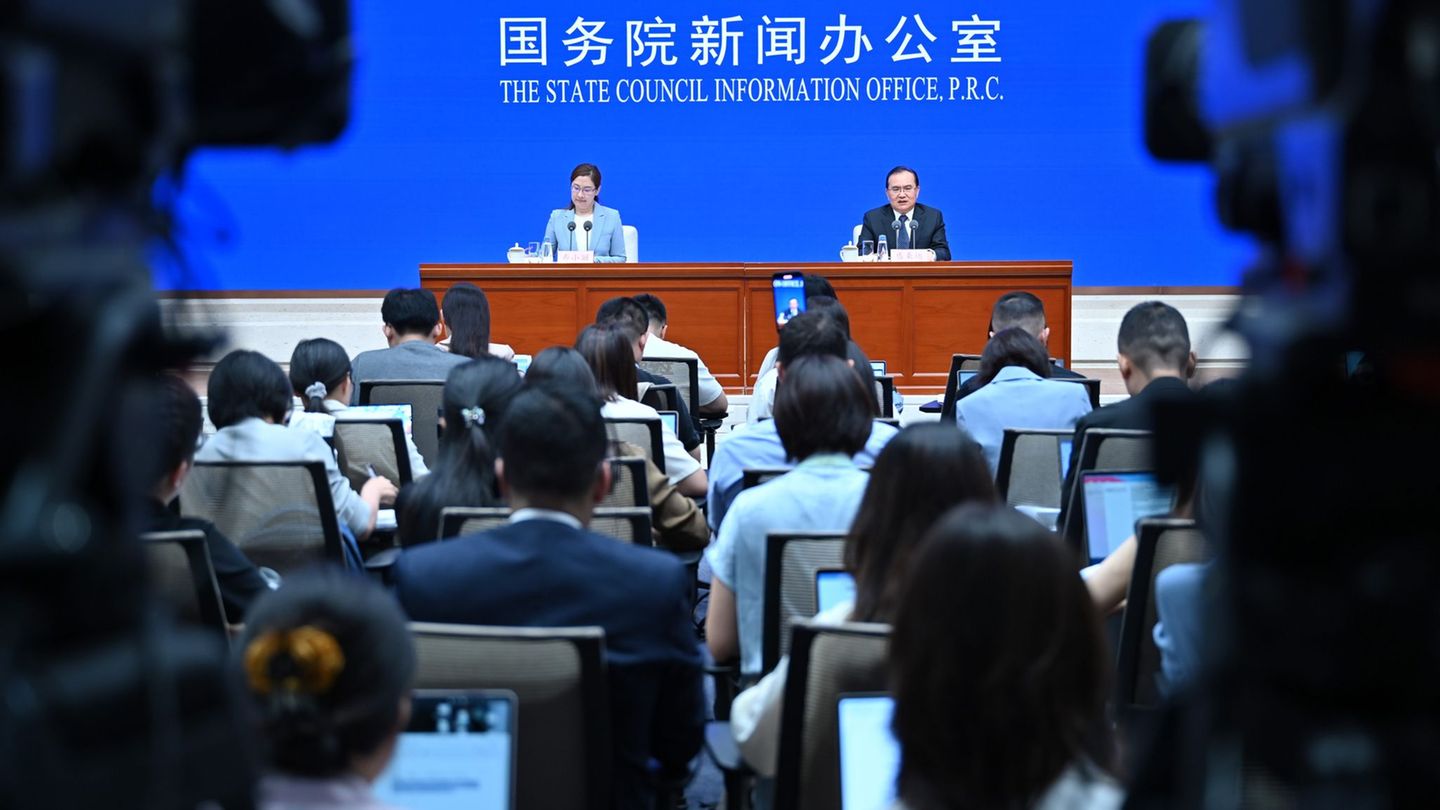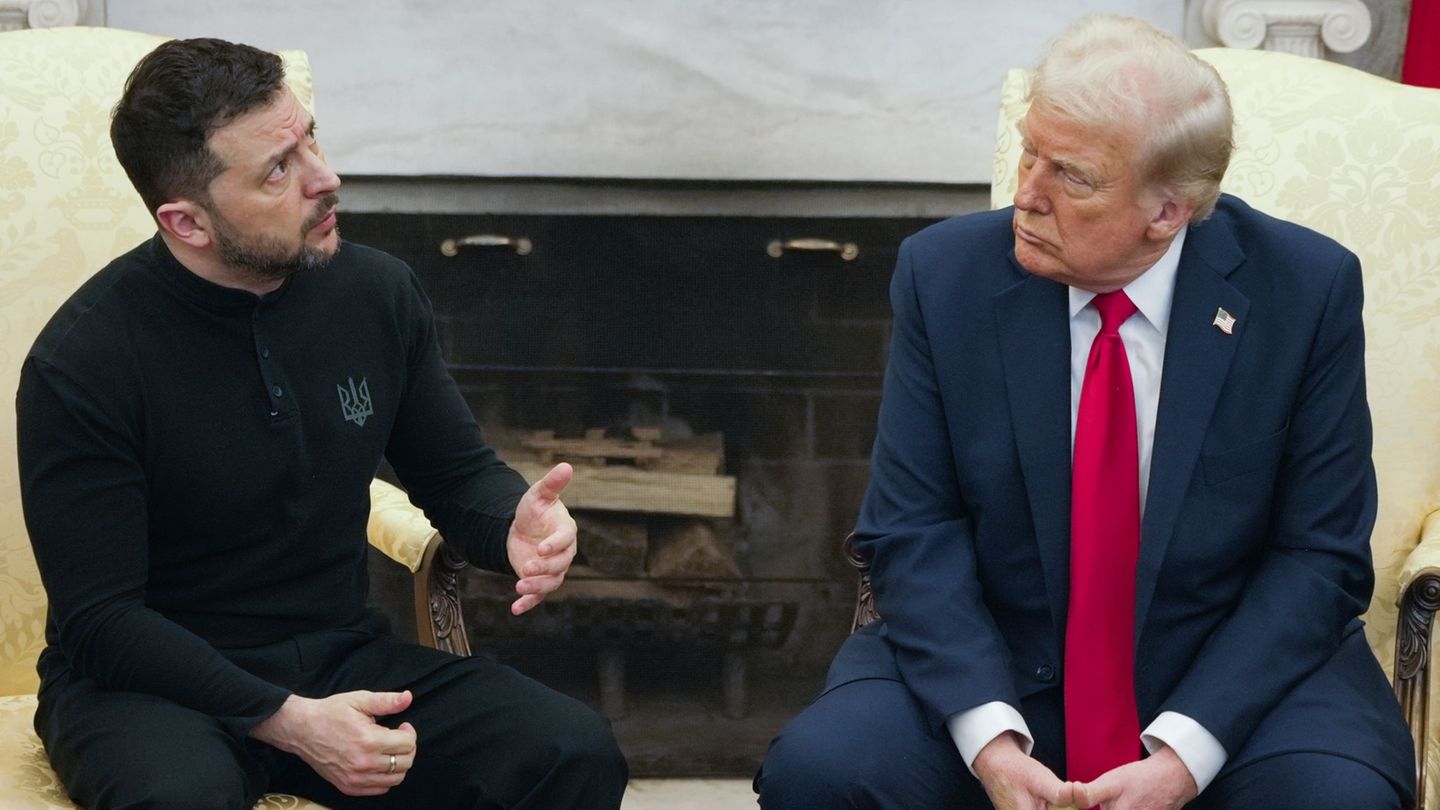The significant balance in favor of BCRA in their recent interventions, unthinkable until a few days ago, added to a rebound in bonds in Dollars and to a greater stabilization of the debt in pesos, I could put a temporary roof on it to financial exchange rates, some specialists venture.
Extra help came from Brazil, since the real appreciated on Thursday close to the close by 1.7% to 5.1794 units per dollar, after the plans of the Bolsonaro government to simplify the procedures for the issuance of private bonds in order to stimulate fundraising through capital markets, as well as improve the security of international contracts, a Brazilian Economy Ministry official told Reuters.
“I think that the CCL began to accommodate this uncertainty that was generated by the BCRA measures and by the eventuality of the fall of the bonds in pesos and the distrust of the market in the Treasury instruments. Although it had a daily rise, I believe that it is finding its transitory balance after two weeks of rally where it rose 19%, much of the increase for the year. In addition, CER bonds traded higher, so there may be a new confidence in that segment, which stabilizes the CCL”, commented the economist Federico Glustein.
However, other analysts are more skeptical and project that the CCL could go in search of new nominal maximums, in the face of reinforced symptoms of mistrust. “I see the CCL dollar going towards new highs, accelerating especially in the face of political noise that accentuates nervousness, but pushed deep down by the high nominal value of the economy and its imbalances, which continues to activate coverage”commented the economist Gustavo Ber to Ambit.
In the market they warn that the intervention of the BCRA in the secondary market to support the prices of the CER debt, together with the issue to assist the Treasury (last Friday it transferred $95,000 million of Temporary Advances), generates a greater supply of pesos in an economy that does not demand them.
“So far in June (until the last Friday), between operations to finance the Public Sector, plus intervention in the peso curve, together with the payment of interest on Monetary Liabilities, the BCRA issued $918,500 million, while it sterilized $722,000 millions with passes and leliq”, estimated Martin Polo, Chief Strategy Officer at Cohen. In other words, he calculates that in the sixth month of the year 25% of the Monetary Base was issued. “Not even in a pandemic was so much broadcast,” he concluded.
But, in addition, the obstacles to imports have transformed the BCRA into a net buyer of foreign currency, which implies more injection of pesos, they warn the market.
“In this context, we believe that the risks of a new inflationary flash have grown, such as the prospects of an increase in free dollars, while the dollar futures market overheats as a result of the need for coverage by companies that today cannot access to the MULC”, held from Aurum Valores.
In any case, the implicit devaluation until the end of the year shows 37%, which, against an expected inflation of no less than 31%, it would imply only a very moderate real depreciation of the peso. “The months in which the futures are given the greatest probability of an exchange rate jump are those of August and September,” they estimate in Aurum Valores.
“Knowing that the challenging ‘rollover’ of the debt casts doubt on the financing scheme agreed upon with the IMF, this dynamic of greater issuance is unlikely to change”, they indicate from Invest in the Stock Market (IEB). Thus, taking into account your projections on the CCL, “The continuous increase in monetary and remunerated liabilities, and the low accumulation of reserves, would push our benchmark up (today it is at $262) and would put even more pressure on the implicit exchange rate. Additionally, in the average that the BCRA does not accelerate the pace of devaluation of the managed float, the gap could continue to rise”they stand out.
A financial agent of the foreign bank maintained that “It is time to hedge in titles tied to the CER (inflation), or directly take refuge in the ‘CCL’ (exchange rate) or dollarize, because everything is very cheap for what is ahead”.
To the complex economic panorama with a projected inflation of at least 70% per year are added the internal fights in the Government coalition that also play against the financial scenario.
“We have to stop the little machine” of printing bills from the central bank (BCRA), said Daniel Artana, an economist at the private FIEL foundation, explaining that official entities are the only buyers of public debt to cut losses among private investors. He added that to the Argentine economy “Dollars are not lacking, but pesos are left over,” at a time when the BCRA put more objections to imports to stop a worrying drain on its reserves.
On the other hand, the Central Bank continued with the slow but sure devaluation of the official exchange rate, which added another 17 cents during the day to reach $125.04. “The crawling peg was located at a TNA of 49.69%, keeping the average of the last five wheels above 51% since mid-June,” they described from PPI.
Source: Ambito
David William is a talented author who has made a name for himself in the world of writing. He is a professional author who writes on a wide range of topics, from general interest to opinion news. David is currently working as a writer at 24 hours worlds where he brings his unique perspective and in-depth research to his articles, making them both informative and engaging.




